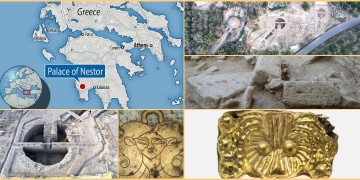
University of Cincinnati archaeologists discovered two large family tombs at Pylos, Greece, strewn with flakes of gold that once lined their walls. The archaeological excavation took more than 18 months
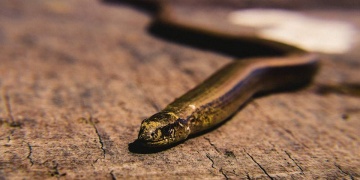
Paleontologists find fossilised remains of two new species of snakes found for the first time were discovered near the city of Serres in northern Greece.
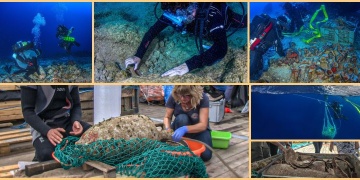
In October 2019 the underwater archaeological research at the legendary Antikythera Shipwreck was re-activated and this time it was carried out by a Greek-only team, led by Dr. Angeliki Simosi, Head of the Ephorate of Antiquities of Euboea.
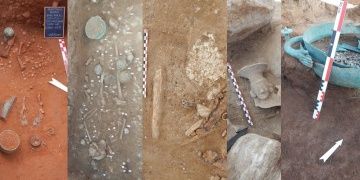
A golden funerary mask was among the finds in an Archaic-era cemetery in Achlada, west of Florina in northern Greece. Gold funerary mask found in archaic Macedonia cemetery revives Hercules and Doric myths
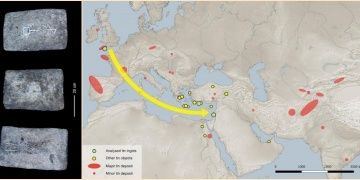
The enigma of Bronze Age tin: Using methods of the natural sciences, they examined the tin from the second millennium BCE found at archaeological sites in Israel, Turkey, and Greece. These findings are of great importance for the archaeological…
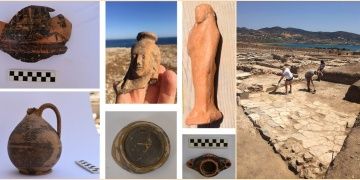
New finds that complete the picture on the buildings' architecture around the Apollo temple on the uninhabited island of Despotiko, west of Antiparos island revealed excavations and restoration works that were held recently on the island.
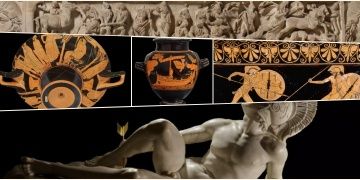
The myth of the Trojan War and its legacy in art and literature in the BP exhibition Troy: myth and reality from 21 November 2019 – 8 March 2020. Troy is famous ancient city in what is now northwestern Turkey, made famous in Homer's epic poem, the…
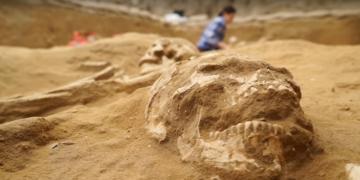
Ancient DNA has shed fresh light light on the origins of the legendary Biblical people who gave their name to mindless thuggery. It suggests they descended from migrants who crossed the Mediterranean and reached the shores of modern-day Israel,…
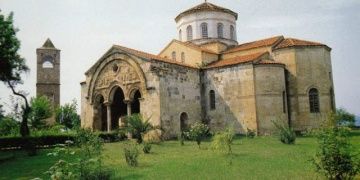
The association of Greek archaeologists sent a letter to the Greek and Turkish culture ministries and UNESCO. Greek archaeologists have expressed concern over the limited access that visitors have to the Hagia Sophia monument in Trabzon, northeast…
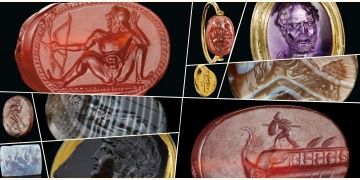
The great majority of the Sangiorgi gems were acquired before World War II, and many derive from notable earlier collections amassed by Lelio Pasqualini, the Boncompagni-Ludovisi family, the Duke of Marlborough, and Paul Arndt in Munich.
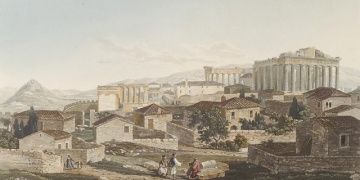
Turkish researchers Prof. Dr. Fatma Zeynep Aygen and Orhan Sakin presented the results of a long study of the Ottoman Empire’s official documents, which are related to Lord Elgin and stressed the fact that: “All the firmans as well as their contents,…




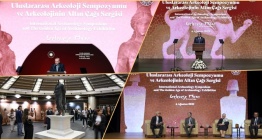
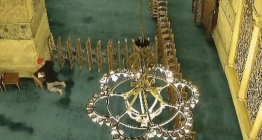
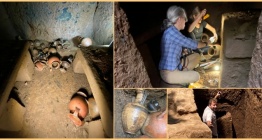
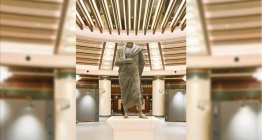













 Bitlis'teki Selçuklu Kalesi'nde Yapılan Kazılarda Sikke ve Seramikler Bulundu
Bitlis'teki Selçuklu Kalesi'nde Yapılan Kazılarda Sikke ve Seramikler Bulundu  Çaltılar Höyük'teki Arkeolojik Kazılar Devam Ediyor
Çaltılar Höyük'teki Arkeolojik Kazılar Devam Ediyor 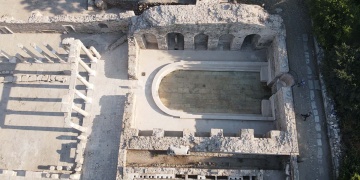 Stratonikeia Antik Kenti'ndeki Roma Hamamında Restorasyon Tamamlandı
Stratonikeia Antik Kenti'ndeki Roma Hamamında Restorasyon Tamamlandı  Ağrı Dağı'ndaki Takke Buzulunda Erime Devam Ediyor
Ağrı Dağı'ndaki Takke Buzulunda Erime Devam Ediyor 

